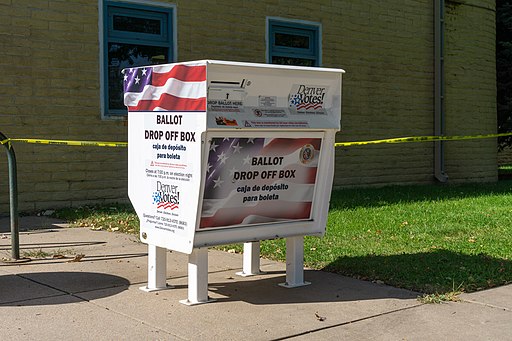
“With the possible exception of things like box scores, race results, and stock market tabulations,” Hunter S. Thompson wrote in 1973, “there is no such thing as Objective Journalism. The phrase itself is a pompous contradiction in terms.”
Someone forgot to tell George Washington law professor Jonathan Turley, who bemoans the rise of “advocacy journalism” (which he himself prominently practices) in general and what he characterizes as Washington Post columnist Jennifer Rubin’s “call to abandon the foundational principle of impartiality in journalism” specifically.
Like many, Turley seems to long for a return to some Golden Age of journalism when journalists merely provided facts in a “neutral” manner, giving readers the necessary evidence to reach their own conclusions instead of inserting their own biases and opinions into the matter.
There are two major problems with Turley’s desire.
One is that the existence of such a Golden age is pure myth. The idea of “objectivity in journalism” is largely a product of Walter Lippmann’s 20th century call for a “detachment” he himself didn’t practice as a journalist, in reaction to a previous era (indeed, the entire previous history) of journalism in which reporters wore their biases on their sleeves and readers chose the newspapers most compatible with their own biases.
The “objectivity” of the post-Lippmann press didn’t consist of eliminating bias. It consisted of smothering bias under a bland gravy of pretended neutrality.
Which brings us to the second problem: Neutrality and objectivity are different — and, moreover, completely incompatible — things.
Objectivity is about discerning reality as it actually is, or at least attempting to do so.
Neutrality is about not taking sides on issues.
As an example of the two approaches, let’s take the subject of Anthropogenic Global Warming. Earth is, or is not, warming. It is warming, or not, for particular reasons (including, possibly, human activity). And there are, or are not, specific consequences.
A truly “objective” journalist would work hard to find out (and tell us) whether or not Earth is warming, for what particular reasons it is or isn’t warming, and what the consequences of its warming or non-warming are or aren’t.
A truly “neutral” journalist would neither hold nor express any opinion on what ought or ought not to be done about the answers to those questions.
Objectivity doesn’t forbid us to form opinions. In fact, it usually requires us to do so. Trying to keep one’s opinions out of one’s communications is both unrealistic and counter-productive.
Rubin says we should “burn down the Republican Party.” Turley says we shouldn’t. Either or neither of them may have reached their positions “objectively.” But neither of them owes us a pretense of neutrality, and both enrich us by showing their work.
Thomas L. Knapp (Twitter: @thomaslknapp) is director and senior news analyst at the William Lloyd Garrison Center for Libertarian Advocacy Journalism (thegarrisoncenter.org). He lives and works in north central Florida.
PUBLICATION/CITATION HISTORY


